- Learning time
- 30 minutes
- First play time
- 60 minutes
Queen´s Necklace
Designed by: Bruno Cathala,Bruno Faidutti
In Queen’s Necklace the players are competing to sell jewellery to the court of the king. Play takes place through the purchase of jewels and the playing of cards.
The board is placed centrally, showing a score track, a tableau for cards to occupy, and the fashion track of the four precious stones in the game: diamonds, rubies, emeralds and amber. The latter are laid out at random before the game begins. Cards are shuffled throughly then each player is dealt four cards and five are laid out on the card tableau. Each card has a price, and transparent markers are put on the top price of each card (prices of cards will drop).
On your turn you have ten money to spend on the cards in the tableau. The cards are made up of the aforementioned stones, plus a bunch of character cards and trinket cards. You might buy just one card, or if you can afford it, two or more. You might also choose to play a character card, either one you’ve just bought or one from a previous round. More on those in a minute.
Having purchased and possibly played cards, your turn is over. New cards fill the vacated spaces on the tableau, and any unpurchased cards become cheaper: the price marker slides down a spot on the price track. If the price ever reaches the bottom that card is removed from the tableau.
There are too many character cards to list here, but most are reasonably simple to grasp from the text on the card and there is a more detailed breakdown in the rulebook. They facilitate various things such as making cards cheaper to buy, stealing cards from each other, or nabbing the cards that drop off the tableau. Generally speaking they either help you or cause a nuisance for your opponents!
Three times in the game the Merchant will pop up. He prompts a selling round, which is where the players may attempt to sell their jewellery to the King’s court. Each player decides secretly what they are selling (they can bump up potential rewards by mixing trinkets in with their jewels) and then all cards are simultaneously revealed. Only the player with the majority in each precious stone scores the points for it, and points are dictated by both the fashion track and the rarity of the stone itself: so piling all your rubies, for instance, into a sale to ensure you get a majority, may backfire if it’s now the least rarest stone! In fact if a stone is both least fashionable and least rare, it ends up worth nothing. Players can choose to hold back on selling though, waiting for a subsequent selling round or even choosing not to sell at all.
After the third and final merchant appears, the last selling round takes place and the game finishes.
The guru's verdict
-
Take That!
Take That!
There are character cards that will make a precious stone worthless if included in the sales. There are Thieves and Assassins, and there is the fact the WHOLE GAME is about trying to outsmart each other! So whilst there's no combat in the game, you can be on the receiving end multiple times!
-
Fidget Factor!
Fidget Factor!
Low. All you're doing each round is buying cards.
-
Brain Burn!
Brain Burn!
You do need to consider what you're leaving behind (unsought cards will be cheaper for the next player, remember) and you need to be shrewd in your selling. But after a couple of plays there is nothing here to cause a headache.
-
Again Again!
Again Again!
Queen's Necklace is packed with variety; from the shuffled cards to who gets the characters and how they play them. You can play focussing on stones alone or play looking to cause havoc with the character cards. A game that can be played by the young but also appreciated for it's subtlety by players who like some poker-style cunning.

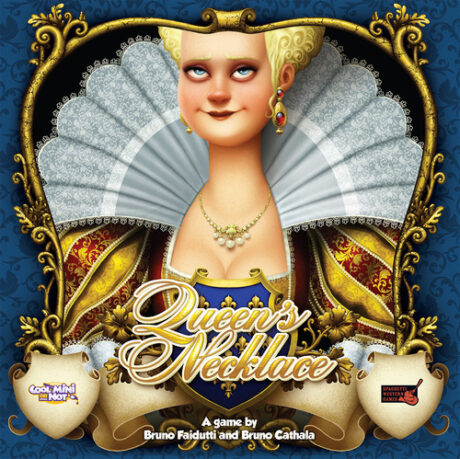
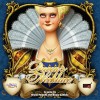
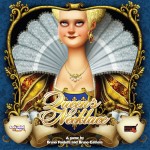
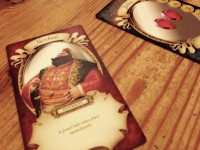
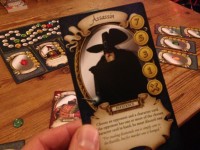
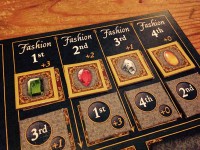



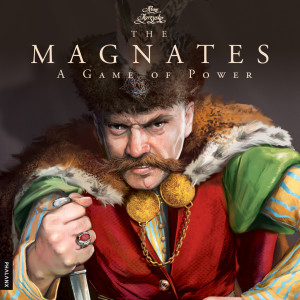
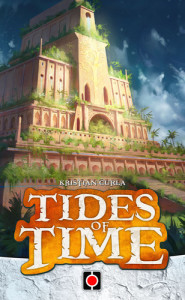
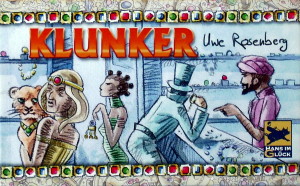
Sam says
My personal phobia of text on cards is down to the feeling that I end up playing a kind of living rulebook rather than a game. What does the Confessor do again? Oh, right, you've got the Courtier, so that happens. Hang on, what does the Musketeer do? For me, it brings the rules of a game to the surface, when I want to feel they're immersed in the play. But having said that, (and said it because I feel there are possibly too many character cards in Queen's Necklace) it's only fair to add that there's some good stuff going on here. You can keep track of what your opponents pick up, but because you don't know how many of them they are going to try and sell, card-counting doesn't necessarily give any advantage. The purchase of cards needs thought, because if you grab that powerful character card with all your money, you'll leave a whole bunch of stones going cheap to the next player. And the twist on selling, where you need majorities but you don't want your majority so big that you end up with the least-rare stone, is a clever one.